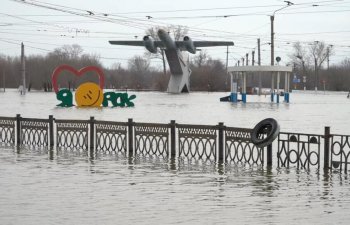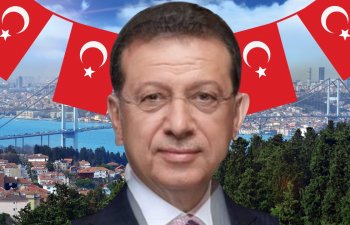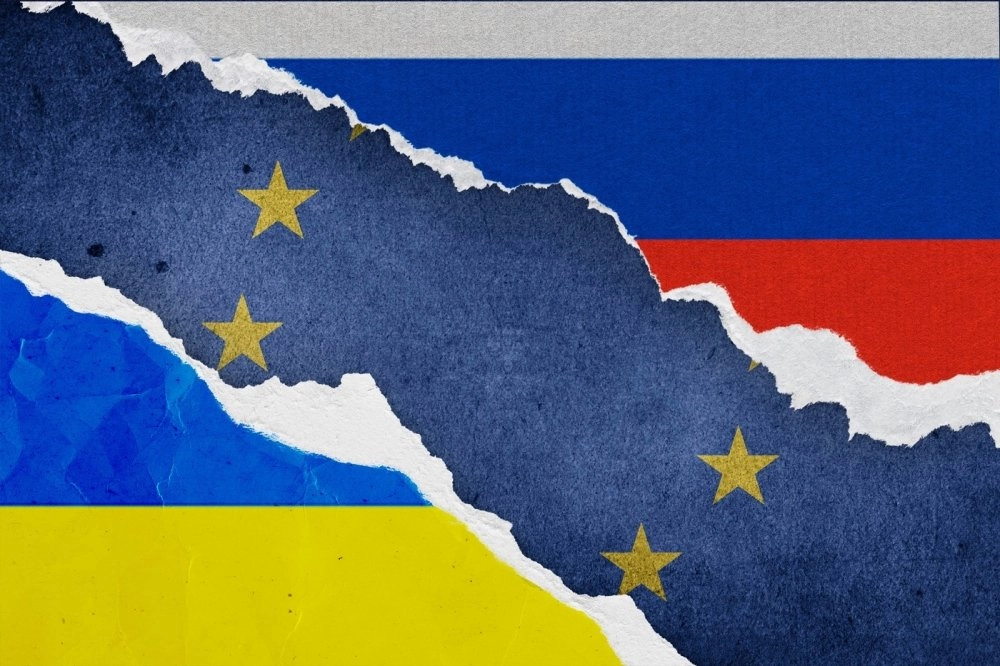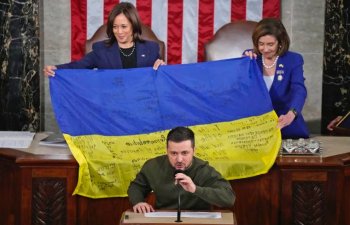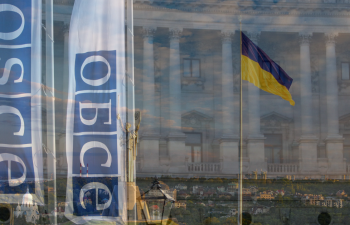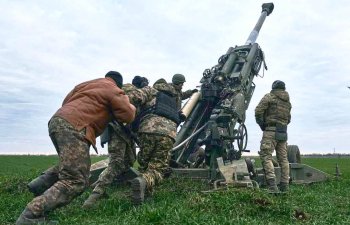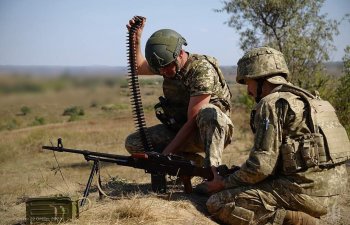The Turks that Ottomans had to Leave Behind, Crimean Tatars
Few nations are as close to the Turkish nation as the Crimean Tatars. Their relations began 500 years ago with the alliance of the Ottoman Empire and Crimean Khanate. After the annexation of the Khanate by the Russian Empire immigration waves to the Turkish motherland lasted 150 years and the two nations merged culturally and genetically. Today, Crimean Tatars have become a minority in their homeland and are struggling to preserve their cultural identity.
Crimean Khanate and Ottomans
When the Ottoman Empire signed the peace treaty in 1774 effectively left the Crimean Khanate, the successor of the Golden Horde, to the mercy of the Russian Empire. However, the peace treaty was neither the result of the indifference to the faith of the Khanate nor was a voluntary one. The Ottoman Empire had well passed its zenith and the Russian Empire had well established its authority on the lands of Kazan and Astrakhan, which eliminated the cooperation of Tatar forces. Moreover, the other regional power Polish-Lithuanian Commonwealth had begun to dissolve and its territories had been shared by Austria, Prussia, and Russia. As a result, the balance of power gradually shifted towards the Russian Empire.
Although during the past centuries the Ottomans had acted as the protector of the Crimean Khanate, their relationship was more similar to the one of a kin. Khanate was free in its foreign policy in the North and would extend the influence of the Ottomans to the Caucasus. That was achieved by the Islamisation of the Circassian tribes, first through raids, then by establishing good relations. Khanate had minted coins in the name of their Khan, would join wars next to the Ottomans, and take their share in the spoils. In return, the Ottomans would stabilise internal conflicts in the Khanate and their alliance would be strong enough to impose their authority in their neighbourhood.
Indeed with the peace treaty, stability in the Khanate quickly devolved to anarchy and created the required conditions for the annexation by the Russian Empire. With the addition of the Crimean territory, the Russian Empire acquired the indispensable ports to build their navy, which ended the Ottoman fleet’s superiority in the black sea. After that, the dominance of the region had passed to the Russian Empire and their invasion of the Caucasus gained momentum.
Upon annexation, the Russian Empire began to assimilate Crimean Tatars. The region merged with other regions with the Russian majority to dilute the Crimean Tatar identity. Confiscation of the lands, exile, repopulation with other Slavic people, and cultural and religious oppression led to the immigration of millions out of their motherland. The exodus lasted more than 150 years and millions of Tatars moved to the Ottoman territories some of which later will form the motherland of the Republic of Turkey. Even some of the immigrants had to move once more after the independence and formation of the new countries in the Balkans. With these migrations, the Tatar people became one of the building blocks of the modern Turkish Nation. They did not only integrate into the Turkish Nation genetically, but they also contributed immensely to its common culture.
Turkish Nationalism and Crimean Tatars
It was only natural that the first Turkic nationalist thinkers emerged in Crimea. Tatars who had already become a minority in their homeland had to produce an ideology to prevent their extinction. Ottomans only needed this ideology later as a reaction to the nationalistic awakening of its subjects in the Balkans. So nationalism in Turkey can find its roots in the Crimean Tatar ideologists, like İsmail Gaspıralı.
On the other hand nationalism in modern Turkey, as an ideal to bring people to come together and give them an identity has many faces and definitions. In that sense, the nationalistic ideal may cover a wide pan-Turkic territory as they imagine from the Adriatic to the Chinese Wall or under the umbrella of Islam which is an even wider range of the population. Yet also may be a rather restricted ideal to the people who share a common culture that developed and flourished mainly in Anatolia and the Balkans. Whatever the ideal is, it is almost always mixed to a degree with each other at differing emphasis.
While both pan-Turkist and Islamist nationalism in Turkey are in a flamboyant passion yearns for the old and magnificent imperialist era, Kemalist nationalism defines the citizen with cultural criteria and keeps it more or less within the borders of the Republic. While the first two nationalist views are more aggressive and idealistic in nature, Kemalist nationalism is more cautious and realistic. Although it lacks the appeal of others, only Kemalist nationalism brings a common denominator to a nation which is formed by a multitude of ethnicity and faith. The culture that is shared by the citizens is the result of centuries of living together. Of course, in today's Turkey, there are also problems in this regard.
Nevertheless, one of the most effective and successful foreign interventions of Turkey was carried out by a coalition of Kemalist nationalism, which tries to keep its nationalism within its borders, and Islamist nationalism that aims to lead the entire Islamic world. Although Greek Cypriot terror and aggression against Turkish Cypriots began in the early 1960s, it was only in 1974, that the coalition of Turkish left and right could mobilize and protect the Turkish Cypriots. This suggests that Turkish nationalism should shift its idealism to realism while reasonably loosening its cautiousness.
Annexation of Crimea by Russia
Assimilation and cleansing of the Tatar population continued under the Soviet Union. Hunger killed and forced many Tatars out of Crimea. During World War II many Tatar were transported to Germany as forced laborers. Then Stalin deported the remaining Tatars to central Asia accusing them of being collaborators of the enemy. Only by the end of the Soviet Union Tatars were allowed to return to their homeland. A miracle is that the Tatar people could endure 150 years of all this brutal assimilation.
In 1954 Crimean province was incorporated into the Ukrainian USSR. This was a logical decision because Crimea was dependent on the water and electricity supply from Ukrainian resources, so was much more closely related to Ukraine than Russia.
With the collapse of the Soviet Union Ukraine declared its independence and Crimea gained Autonomous Republic status. Unfortunately, Russia using its influence on the ethnic Russian residents disrupted once more the stability in Crimea.
History repeated itself once again and Russia annexed Crimea once more in 2014. Russia began to settle new Russian residents to change the demography. Repression and oppression of the opposition have begun. Kidnappings and unsolved murders create a terror environment. Adoption of Russian citizenship is enforced. Unlawful arrests, home searches, and arrests became common. Tatar TV channel ATR was closed. The opposition declared extremists and the Mejlis of the Crimean Tatar People are outlawed. Leaders of the Tatar opposition are arrested and sent to prisons in Russia.
Fortunately, Turkey could intervene to release and send two of their leaders Ahtem Çiygöz and İlmi Ümerov to Turkey. Also, Crimean Leader Mustafa Abdülcemil Kırımoğlu (Dzhemilev) also resides in Turkey. Naturally, Turkey did not accept the annexation of Crimea by Russia.
Tatars are one of the fundamental constituents of the Turkish nation. So their relatives, the Crimean Tatars who live in Crimea and Russia, are also the relatives of the Turkish Nation and they need the help of Turkey. Turkey has a duty not only to protect Tatar culture but also to help them to flourish in their homeland. Crimean Tatars have to be able to return to their homeland. The region may need a land reform to correct some of the injustices and to provide a home for every Tatar. Only this way any Tatar who would choose to return to their homeland could actually find a home. To solve these problems and any other problem related to the region, Tatars need proper representation in the administration to contribute to the solutions. To realize these, Turkey needs to find proper arguments, offers, and leverages.
Nevertheless, above all, the region requires peace and stability. If a peace agreement takes place with Ukraine and Russia it could be more plausible for Turkey to be a guarantor state for not all of Ukraine but just for Crimea. That way Turkey may have enough diplomatic power and more opportunities to participate economically to help Crimean Tatars.
Izzet Enünlü
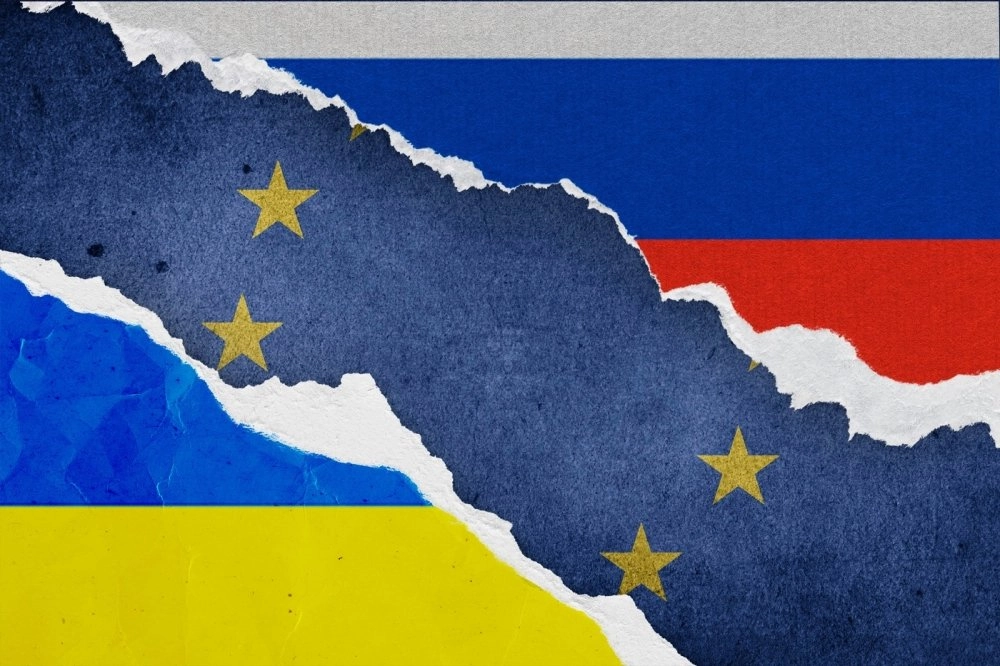 Нет. Нет. Возможно. Ну ладно, да.
Нет. Нет. Возможно. Ну ладно, да.
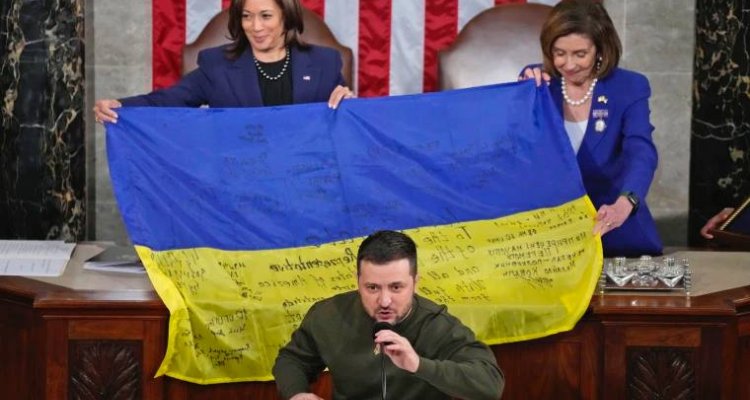 Республиканцы готовы положить Украину под елку Путину...
Республиканцы готовы положить Украину под елку Путину...
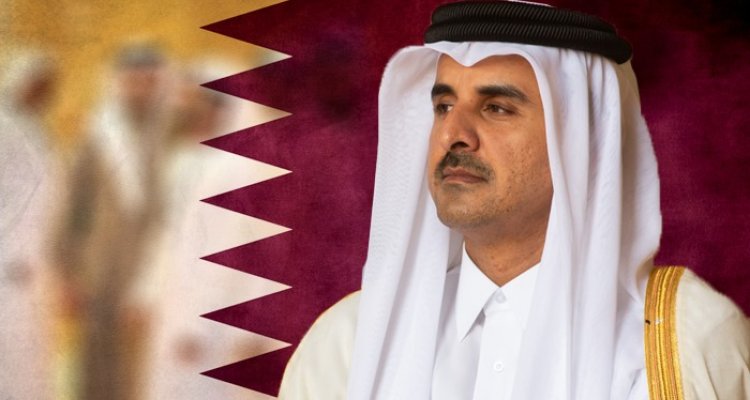 Между Израилем и ХАМАС. Посредничество как способ выживания...
Между Израилем и ХАМАС. Посредничество как способ выживания...
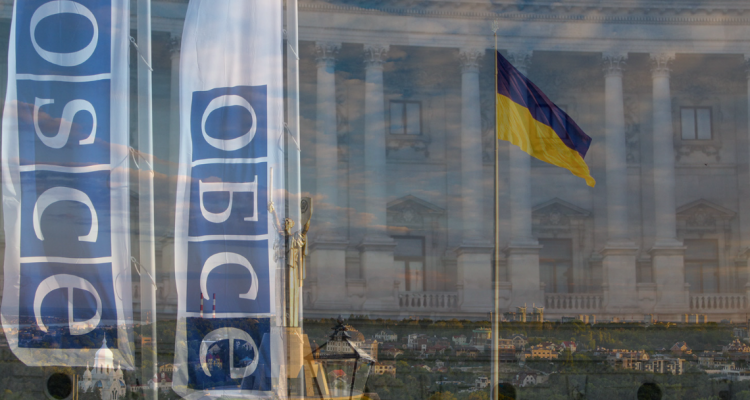 Яна Слесарчук: ОБСЕ выжила. Есть ли, что праздновать?...
Яна Слесарчук: ОБСЕ выжила. Есть ли, что праздновать?...
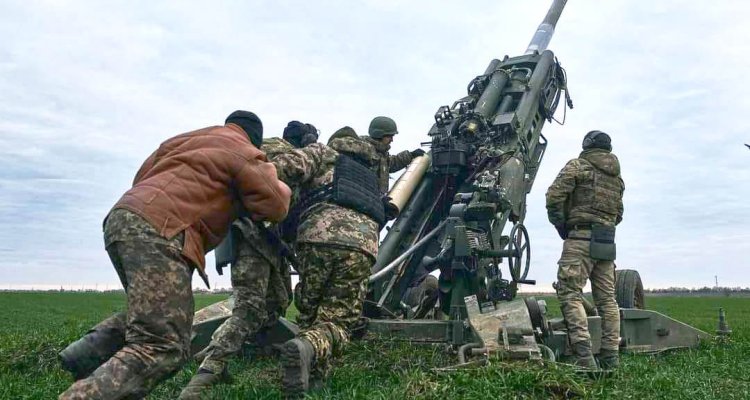 Том Купер: Медленно, но продолжается. Как происходит продвиж...
Том Купер: Медленно, но продолжается. Как происходит продвиж...
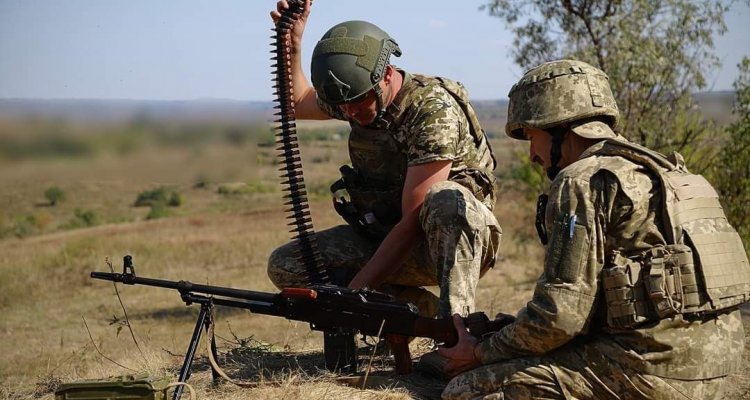 Том Купер: Наступление на Авдеевку...
Том Купер: Наступление на Авдеевку...



